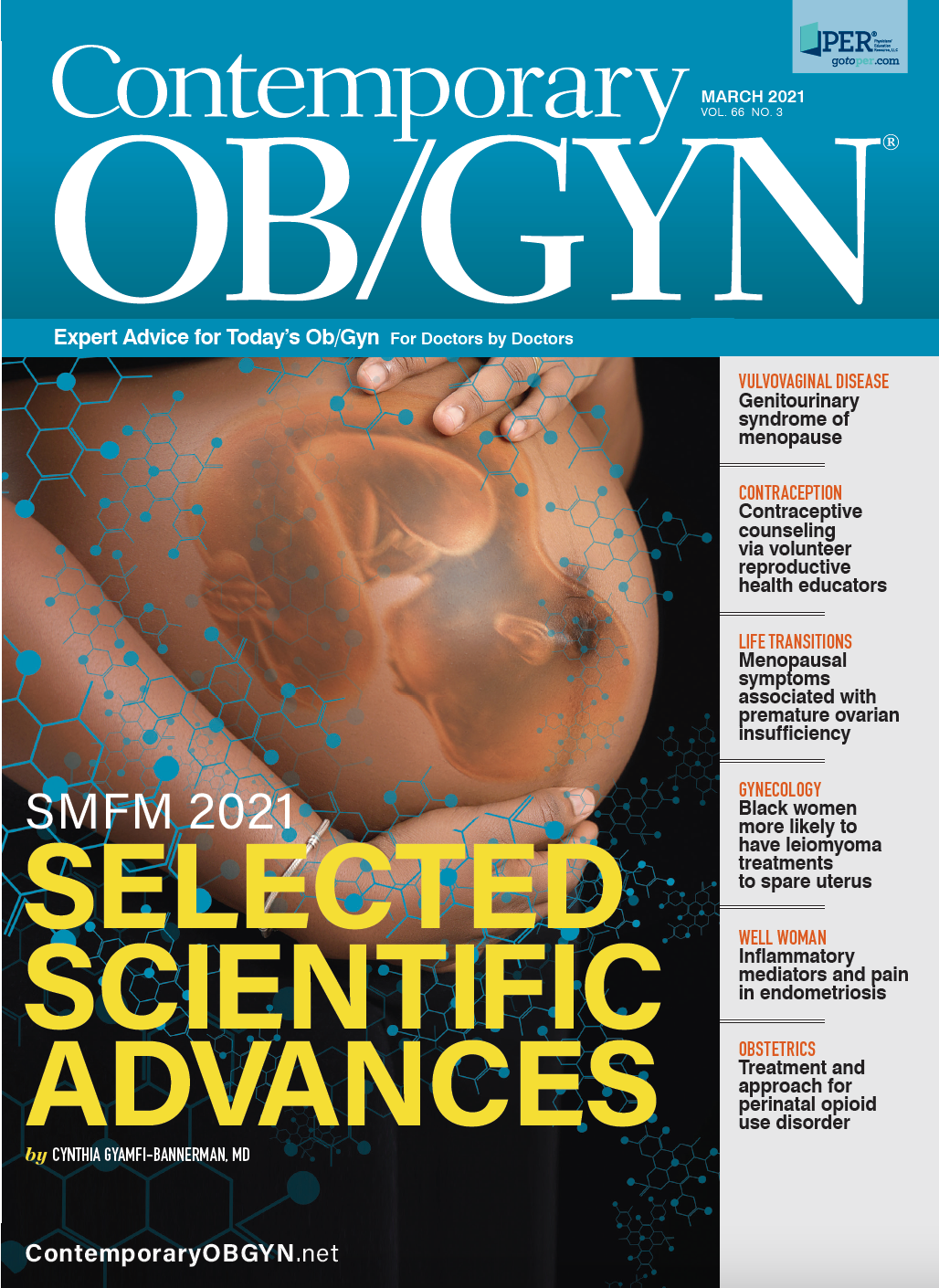Snapshot: Protocol 3 - Opioid Use, Misuse, and Addiction in Pregnancy and Postpartum
In this protocol, Terplan reviews screening for substance use and diagnosis and management of addiction during pregnancy, labor and delivery, and postpartum. The information is presented against the backdrop of the current opioid crisis. Tables on medication choice and protocols and on risk and protective factors for neonatal abstinence syndrome (NAS) are included.
Protocols for High-Risk Pregnancies, 7th Edition
As the authors note, today about 50% of heroin users are female, versus less than 20% in the 1970s. At least half of those who present for treatment of opioid use disorder (OUD) are female. Between 1999 and 2014, rates of OUD at delivery and of NAS more than quadrupled. Yet the need for treatment is largely unmet, with only 30% to 70% of pregnant women with opioid addiction reportedly receiving care for it during pregnancy.
Key Messages:
- Risks associated with opioid use include tolerance, dependence, and overdose-related morbidity and mortality. Symptoms of misuse include taking extra medication, running out of prescriptions early, and crushing and snorting or injecting the substance.
- The validated instruments for screening for substance use in pregnancy include the Substance Use Risk Profile-Pregnancy (SURP-P), CRAFFT, 5Ps (parents, peers, partner, pregnancy, past), Wayne Indirect Drug Use Screener (WIDUS), and the National Institute on Drug Abuse (NIDA) Quick Screen. Screening should be done at the first prenatal care visit, every trimester, and postpartum. Urine drug testing is not a substitute for screening.
- Methadone—in use in pregnancy since the 1960s—buprenorphine, and naltrexone are the three drugs approved by the US Food and Drug Administration for treatment of OUD. NAS is a possible adverse effect of methadone and buprenorphine but is less severe and of shorter duration with the latter.
- Treatment can be done on an outpatient or inpatient basis at any time during pregnancy. Medication must be titrated to treat withdrawal, and dose increases may be needed to control cravings. The goal is a clinically meaningful “blockade” that prevents the patient from feeling the effects of an opioid while receiving treatment for addiction.
- Medication for OUD should be continued during labor and delivery. Need for analgesia may be greater in patients addicted to opioids.
- NAS is expected and treatable in infants delivered by women who take opioids during pregnancy but the likelihood of it is not associated with the level of in utero exposure.
- Women with OUD are at particular risk for recurrence during the postpartum period, making continuing care essential.
READ the complete chapter on opioids in pregnancy and postpartum from Protocols for High-Risk Pregnancies, 7th Edition, edited by John T. Queenan, MD, Catherine Y. Spong, MD, and Charles J. Lockwood, MD, MHCM, now.

S4E1: New RNA platform can predict pregnancy complications
February 11th 2022In this episode of Pap Talk, Contemporary OB/GYN® sat down with Maneesh Jain, CEO of Mirvie, and Michal Elovitz, MD, chief medical advisor at Mirvie, a new RNA platform that is able to predict pregnancy complications by revealing the biology of each pregnancy. They discussed recently published data regarding the platform's ability to predict preeclampsia and preterm birth.
Listen
